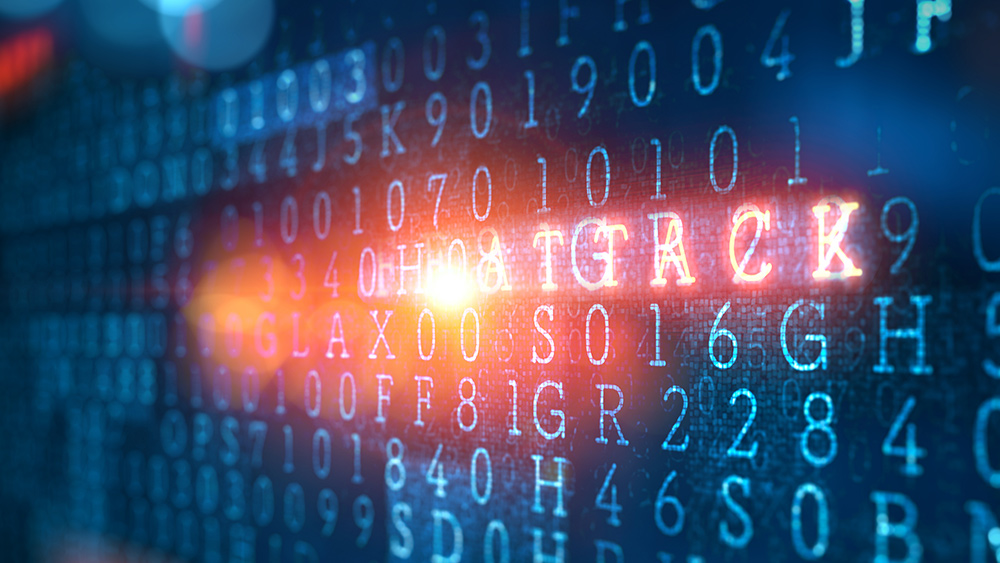New law grants U.S. president power to block access to all digital assets
06/28/2024 / By Richard Brown

A recent enactment in the United States has given the president unparalleled authority to curtail access to digital assets, triggering significant concern over its wide-ranging implications and potential impact on users.
Scott Johnsson, a prominent figure in the digital assets field, voiced strong criticism of the law’s expansive reach on June 6, expressing:
“It’s difficult to perceive this as anything other than a presidential ban aimed at the user level, granting the President the power to inhibit any protocol or smart contract identified by the Treasury Secretary as being ‘controlled, operated or made available’ by a foreign sanctions violator. The breadth of its scope and implications are staggering, potentially corralling users into KYC/permissioned chains.”
On June 5, an individual on the X platform shared insights into Sen. Mark Warner’s (D-VA) strategic insertion of legislative components, setting the stage for the newly scrutinized sweeping powers granted to the U.S. president over digital assets.
The legislation broadly defines “digital assets,” encompassing any digital representation of value recorded on cryptographically secured distributed ledgers, including communication protocols, smart contracts, or similar software facilitating user interactions and trade agreements for digital assets. (Related: Digital kill switches: How tyrannical governments stifle political dissent.)
Under this law, the president is empowered to interdict transactions between U.S. individuals and foreign entities identified as supporters of terrorist organizations. This includes imposing stringent conditions on foreign financial institutions maintaining accounts in the U.S. if found to facilitate such transactions.
Johnsson’s analysis underscores the law’s broad reach, potentially compelling users to migrate towards Know Your Customer (KYC)-compliant and permitted blockchain networks, thus restricting them to regulated blockchains. He cautions against viewing this move as an attempt to assert control over digital assets under the pretext of counterterrorism efforts.
The components allegedly introduced by Warner, enabling this presidential authority, draw inspiration from the Terrorism Financing Prevention Act, introduced in December 2023. This Act empowers the U.S. Treasury Department to address emerging threats involving digital assets.
While not yet law, this legislation is poised to fly under the radar unless significant public outcry prompts action. Such comprehensive bills, often laden with myriad provisions, may go unnoticed until they become effective, making vigilant scrutiny imperative.
What are digital assets?
A digital asset encompasses any item in a digital format, including usage rights. Among the most prominent examples are those associated with cryptocurrency and blockchain technology, such as cryptocurrencies themselves, non-fungible tokens (NFTs) and virtual real estate within the metaverse.
Digital assets span a vast array of items, ranging from photos and videos to documents. For instance, a photograph stored on a phone or computer qualifies as a digital asset, given its digital format and the user’s rights as the creator, enabling publication on a website or potential sale.
While the overarching concept of digital assets is comprehensible, their categories can be diverse, with investment-grade assets often presenting greater complexity. To elucidate further, let’s delve into two significant types: cryptocurrencies and NFTs.
Cryptocurrencies constitute digital currencies utilizing cryptography and operating on decentralized networks. These networks, devoid of central oversight, rely on a distributed network of devices to validate and record transactions, thus achieving decentralization.
NFTs, on the other hand, denote ownership of a digital asset. In the context of a photograph, minting an NFT establishes a digital record affirming ownership. Subsequent transfer of the NFT to another party designates them as the new owner, with creators having the option to levy royalties on future sales.
NFTs represent a notable innovation in the realm of digital assets, facilitating ownership verification and streamlining transactions for various digital assets. In instances where disputes arise over usage rights, NFTs serve as authoritative records to resolve such conflicts.
Decentralized digital assets like cryptocurrencies and NFTs leverage blockchain technology to operate independently of central authorities. A blockchain, functioning as a transparent ledger, records cryptocurrency transactions in blocks, which are subsequently validated and appended to the chain by network nodes.
Visit CryptoCult.news for more stories like this.
Watch this video about digital ID’s rolling out in Australia, ChatGPT news and supernatural realm.
This video is from the PROMOGIRL07 channel on Brighteon.com.
More related stories:
DIGITAL REPRESSION: Internet users worldwide are experiencing tighter restrictions, report reveals.
Sources include:
Submit a correction >>
Tagged Under:
big government, blockchain, computing, cryptocurrency, cryptography, cyber war, decentralization, decentralized networks, digital assets, digital currency, freedom, Glitch, information technology, KYC, Liberty, Mark Warner, Suppressed, Tyranny
This article may contain statements that reflect the opinion of the author
RECENT NEWS & ARTICLES
COPYRIGHT © 2017 GLITCH.NEWS
All content posted on this site is protected under Free Speech. Glitch.news is not responsible for content written by contributing authors. The information on this site is provided for educational and entertainment purposes only. It is not intended as a substitute for professional advice of any kind. Glitch.news assumes no responsibility for the use or misuse of this material. All trademarks, registered trademarks and service marks mentioned on this site are the property of their respective owners.




















